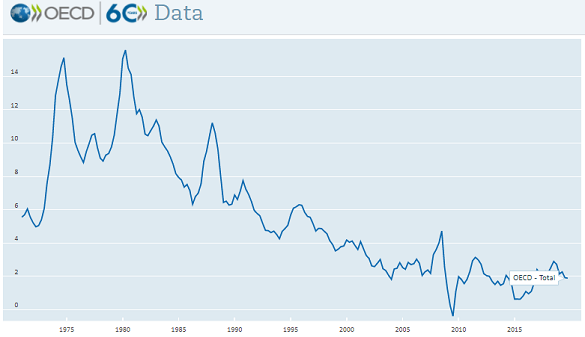The Great Money Reset of 1971

"Pre-decimal currency inspired dazzling feats of daily mental arithmetic, from schoolchildren buying sweets, from shop assistants and transport staff giving change, from punters calculating winnings, from anyone with a complicated order in a pub or a restaurant."











 Email us
Email us